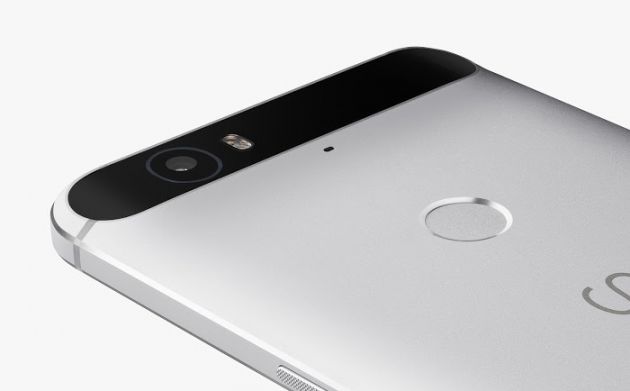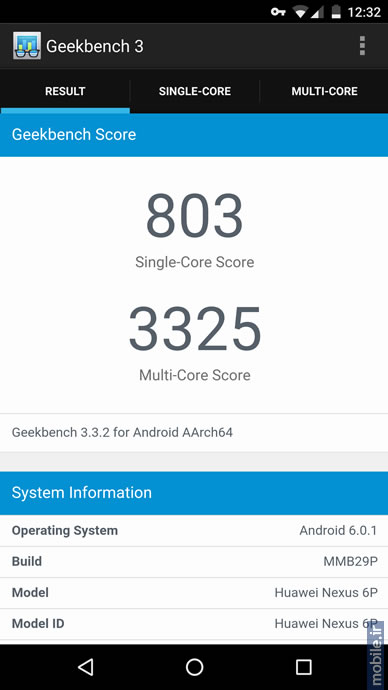
You have the Huawei and Nexus branding the the lower half of the rear side. Within the pockets, the top bulge is barely noticeable. This portion protrudes out slightly than the rest of the rear side, but leaves minimal gap when placed on the rear side. Starting at the top, you have a black coloured Corning Gorilla Glass protected strip which houses the camera section on the left hand side, the dual tone LED flash unit and the laser AF system. The rear side is where you see the design elements that make this phone stand out from the competition. Unless of course, you own the MacBook or the Chromebook Pixel or any other laptop that has a USB Type-C port. If you want to connect your phone to your computer, then you will need to get a USB Type C to Type A cable or a USB Type-C to USB Standard A adapter (Rs 910) separately. Now the Nexus 6P box only bundles a USB Type C to Type C cable, so you can only use it for charging. The 3.5mm audio jack is located on the top whereas the base has the USB Type-C port. On the left hand side, you have the nano SIM Card slot. These buttons have sufficient tactility and are quite responsive. The right hand edge has the power button and the volume rocker buttons located in the centre region. Single handed use may not be possible always and you will find yourself shifting the phone in your palms if you try single handed use. The bezels on this Nexus 6P are thick on the top and bottom but thin on the sides. On the front you have the 5.7-inch display with two metal strips for the speaker sections. At 178 grams it is not the lightest phones around, but we like the way the weight is balanced throughout the phone, and gives the phone just the right amount of heft. Despite being made of metal, the flat edges on the sides paired with chamfering gives the phone a good grip.

The first thing that strikes you when you behold the Nexus 6P is the grip. We got the silver aluminum model for testing and it screams elegance. The phone comes in three colours - graphite, frost and aluminum.

The Nexus 6P comes in an all-metal body and comprises anodised aluminum with diamond-cut champfered edges. While Google has not officially stated what the P stands for in the Nexus 6P name, but according to the global concensus P stands for Premium.

This is Google’s maiden partnership with Huawei for making its Nexus device. Google has also decided to adopt the strategy and in effect released two devices – the mid-range Nexus 5X made by LG and the premium Nexus 6P made by Chinese phone maker Huawei.
Nexus 6p geekbench plus#
Samsung did it with the Galaxy S6, S6 Edge, S6 Edge+ and more recently Note 5 Apple did it with the iPhone 6s and the iPhone 6s Plus Sony with the Xperia Z5 and Xperia Z5 Premium and so on.

We have seen every major smartphone maker release two, sometime three variants of its flagship devices. This year though, the story is a bit different. Last years Nexus 6 did not really make any record sales so to speak, but it positioned Nexus as a premium category of phones rather than the competitively priced Nexus phones we were used to till that point. The last Nexus device that was really popular among users was the LG made Nexus 5 which was launched two years ago.
Nexus 6p geekbench android#
But the Nexus devices are generally considered to be the balance of hardware and software – since it is a showcase of Google’s latest Android OS. Sure, you have flagships from Samsung, Sony, HTC, LG, Motorola, Lenovo and off late the Chinese phone makers such as Xiaomi, OnePlus, Gionee and so on. If there is one Android phone that is eagerly looked forward to by every Android user, then it has to be the Google Nexus device that launches every year.


 0 kommentar(er)
0 kommentar(er)
